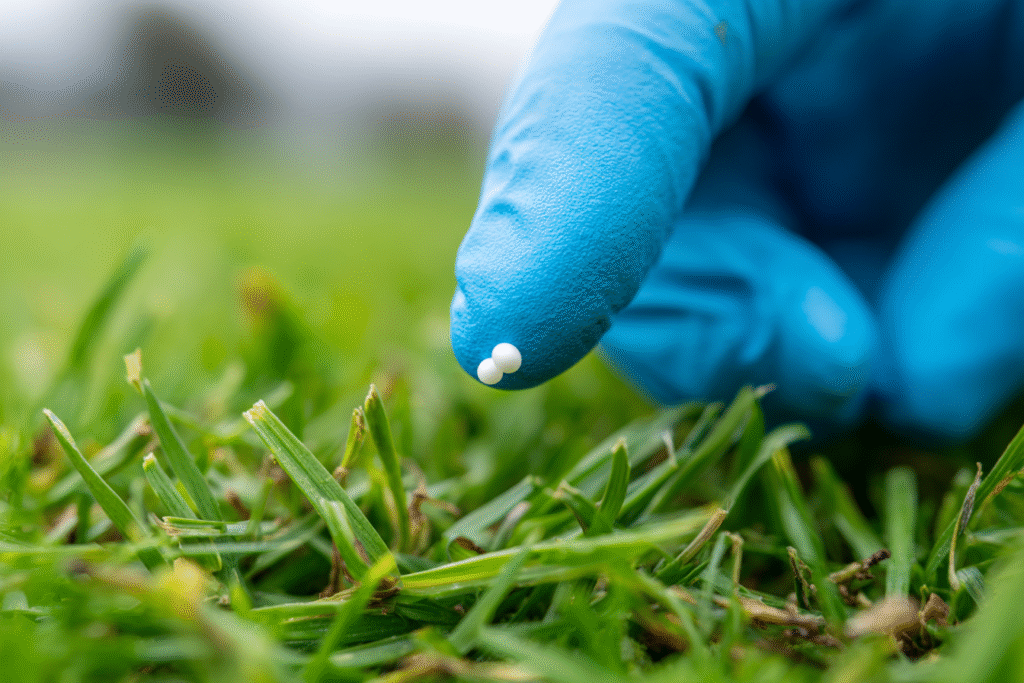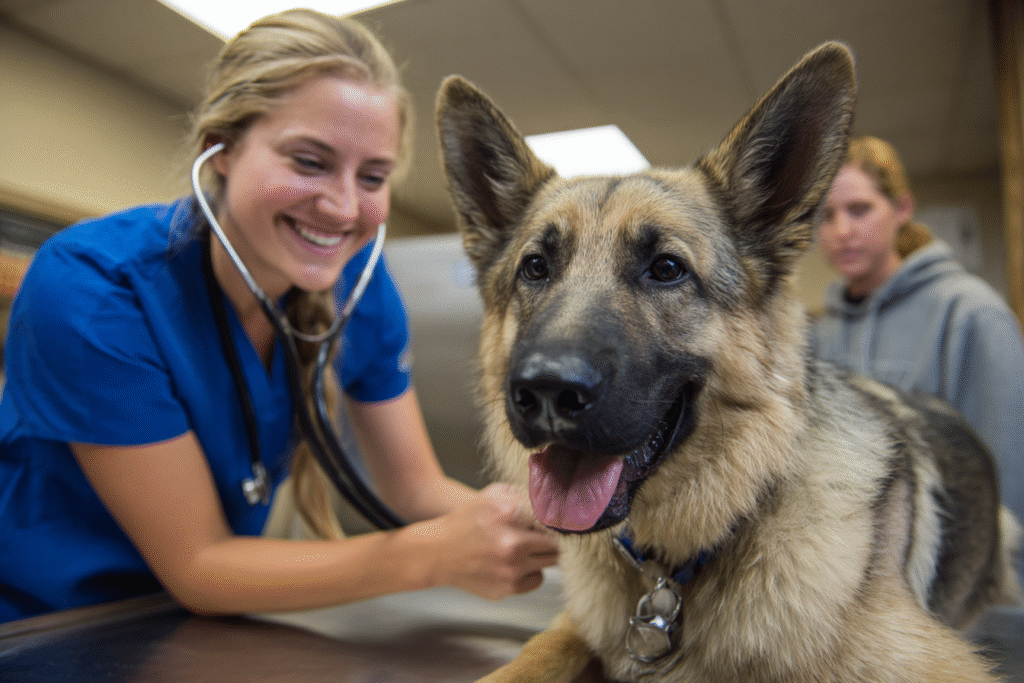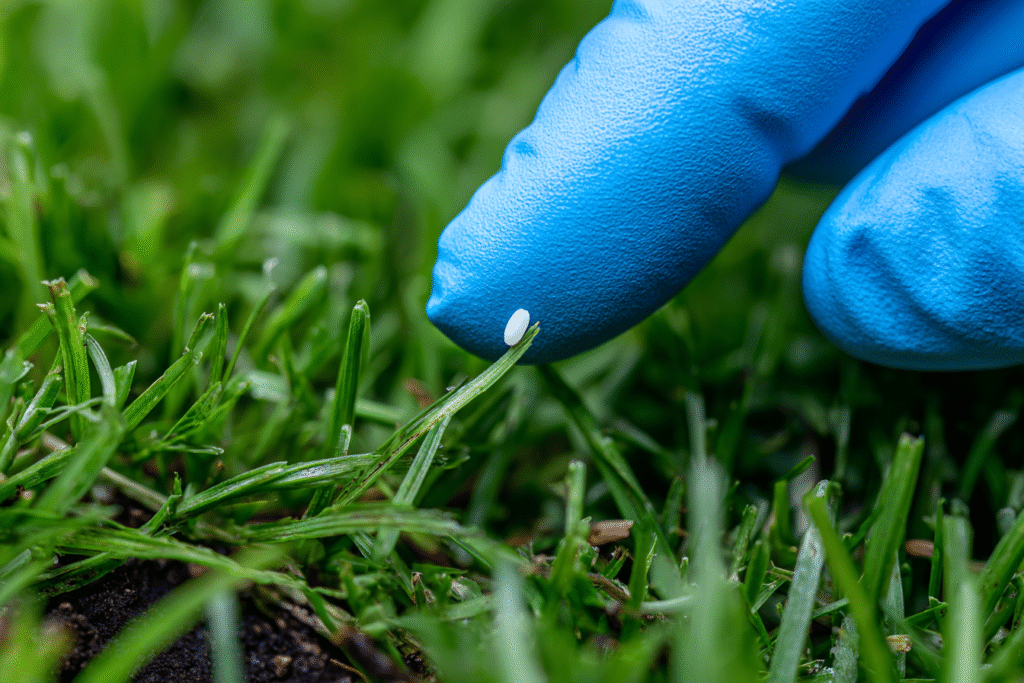How do you know if your dog has worms? A Complete Guide
As a pet parent, asking how do you know if your dog has worms is a crucial first step to ensuring their health and well-being.
Often, the first clues are unsettling sights like white specks in poop dog or what appears to be yellow seeds in dog poop.
This issue is especially concerning when dealing with puppy dog worms, as young dogs can be more vulnerable to the effects of parasites.
Ultimately, understanding these signs leads to the most important question: what kills worms in dogs and how can you provide swift, effective relief for your companion?
Table of Contents
- Unmistakable Signs: Identifying White Specks in Poop Dog
- What Do Yellow Seeds in Dog Poop Mean for Your Pet?
- The Special Risks of Puppy Dog Worms
- The Critical Question: What Kills Worms in Dogs?
- A Supportive Approach: Exploring Vitaplus (Vidatox) for Canine Wellness
- The Vet’s Role: Diagnosis and Professional Treatment
- Frequently Asked Questions
Unmistakable Signs: Identifying White Specks in Poop Dog
One of the most common ways pet owners first suspect an issue is by spotting abnormalities in their dog’s feces.
If you’ve seen white specks in poop dog, you are likely looking at segments of a tapeworm.
These segments look alarmingly like grains of white rice.
When they are fresh, they can even wiggle or move. This is a definitive sign that answers the question of how do you know if your dog has worms.
Finding white specks in poop dog warrants an immediate conversation with your veterinarian.
While most dogs show no other signs of illness, seeing these white specks in poop dog is enough evidence to seek professional advice.
It’s important not to panic, but also not to ignore this very clear symptom. Recognizing white specks in poop dog is the first step toward a solution.
Therefore, the presence of white specks in poop dog is your cue to act. These white specks in poop dog are shed by the adult worm living inside your dog’s intestine.
This is a clear indicator, so if you are asking how do you know if your dog has worms, this is one of the most visible answers.

What Do Yellow Seeds in Dog Poop Mean for Your Pet?
Sometimes, the evidence of worms doesn’t appear in the stool itself. Instead, you might find what looks like yellow seeds in dog poop or, more commonly, stuck to the fur around your dog’s tail and anus.
These are not actually seeds.
They are the same tapeworm segments, but they have dried out.
As they dry, they harden and turn a yellowish, sesame seed-like color. So, if you’re finding yellow seeds in dog poop or in your dog’s bedding, you are seeing part of the tapeworm’s life cycle.
This discovery is another direct answer to how do you know if your dog has worms.
Many pet owners notice these yellow seeds in dog poop or on their furniture before they see anything in the stool itself.
The presence of what looks like yellow seeds in dog poop is a common sign of a tapeworm infection.
Additionally, your dog may “scoot” or drag their rear end along the floor.
This is often an attempt to relieve the irritation caused by these segments.
If you observe scooting alongside finding yellow seeds in dog poop, a tapeworm infection is highly likely. It’s a key sign, so never ignore yellow seeds in dog poop.

The Special Risks of Puppy Dog Worms
Puppies are particularly susceptible to intestinal parasites. The problem of puppy dog worms is widespread because their immune systems are not yet fully developed.
Many puppies are even born with worms, having contracted them from their mother.
This makes regular deworming protocols for young dogs absolutely essential.
When it comes to puppy dog worms, the risks can be more significant than in adult dogs. A heavy worm burden can cause symptoms like a pot-belly appearance, poor growth, diarrhea, vomiting, and a dull coat.
In severe cases, puppy dog worms can lead to serious conditions like intestinal blockages or anemia. Therefore, knowing how do you know if your dog has worms is even more critical for a puppy.
Any sign of puppy dog worms, such as the specks or seeds mentioned earlier, requires immediate veterinary attention.
Treating puppy dog worms effectively not only resolves the current infection but also sets the puppy up for a healthier life. Prompt action is key.
The Critical Question: What Kills Worms in Dogs?
Once you’ve identified the signs, the next logical question is what kills worms in dogs?
Self-diagnosing and using over-the-counter treatments can be risky and ineffective. The best course of action is to consult a veterinarian who can accurately identify the type of worm.
For tapeworms, the most common parasite identified by the signs above, veterinarians use a specific deworming medication called praziquantel.
This drug is highly effective and works by breaking down the worm’s ability to remain attached to the intestinal wall.
Answering what kills worms in dogs properly involves this kind of targeted, prescription medication.
It’s crucial to understand that different worms require different treatments.
So, what kills worms in dogs depends entirely on the specific parasite. A medication that eliminates tapeworms may have no effect on roundworms or hookworms.
This is why a professional diagnosis is not just recommended; it’s necessary. Your vet knows precisely what kills worms in dogs based on their diagnosis.
They can provide an injection or oral medication that safely and efficiently eliminates the parasites.
Furthermore, preventing re-infection is just as important.
Since tapeworms are most commonly transmitted through fleas, the ultimate answer to what kills worms in dogs and keeps them away is diligent flea control. Your veterinarian can recommend an effective year-round flea preventive.
Tackling the question of what kills worms in dogs is a two-part process: treat the existing infection and prevent future ones.
This comprehensive approach is the only way to truly solve the problem when you’re wondering how do you know if your dog has worms.
A Supportive Approach: Exploring Vitaplus (Vidatox) for Canine Wellness
When a dog is recovering from any health issue, including parasitic infections, or dealing with chronic conditions, supporting their overall wellness is paramount.
While not a treatment for worms, Vitaplus (Vidatox) has gained attention as a homeopathic supplement that can play a significant role in managing other serious health challenges, particularly those involving pain, inflammation, and cellular health.
Derived from blue scorpion venom, Vitaplus (Vidatox) offers a complementary approach to traditional veterinary care, focusing on improving a dog’s quality of life.
One of the primary benefits of Vitaplus (Vidatox) is its noted anti-inflammatory properties.
Chronic inflammation is a root cause of discomfort in many canine ailments, such as arthritis, which can severely impact a dog’s mobility and happiness.
By helping to mitigate this inflammation, Vitaplus (Vidatox) can contribute to effective pain management.
For dogs suffering from chronic pain, this can mean a return to more comfortable daily activities, improved mood, and a better ability to rest and heal.
This makes Vitaplus (Vidatox) a valuable tool for supportive care.
Furthermore, Vitaplus (Vidatox) has been studied for its potential to support dogs facing oncological challenges.
Research suggests that certain peptides in the formulation may help to inhibit the growth of tumor cells and encourage apoptosis, which is the natural process of programmed cell death.
For pet owners managing a cancer diagnosis in their dog, incorporating Vitaplus (Vidatox) into their pet’s regimen—under veterinary guidance—can be a proactive step.
It works alongside conventional treatments like chemotherapy to support the body’s natural defense mechanisms without adding harsh side effects.
The goal of using Vitaplus (Vidatox) in this context is not to replace standard care but to enhance its effects and improve the dog’s overall condition during a difficult time.
As an adjunctive therapy, Vitaplus (Vidatox) embodies a holistic approach to canine health, focusing on comfort and cellular support.
The Vet’s Role: Diagnosis and Professional Treatment
If you suspect your dog has worms, your veterinarian is your most important ally.
To confirm the answer to how do you know if your dog has worms, your vet will likely request a stool sample. While you may have seen evidence with your own eyes, a fecal examination under a microscope can identify the specific type of parasite eggs.
Interestingly, tapeworm eggs don’t always show up in these tests because they are passed in segments rather than as individual eggs in the stool. This is why telling your vet you’ve seen what looks like rice or seeds is so important.
Your observation is a critical piece of the diagnostic puzzle. A vet visit answers how do you know if your dog has worms with certainty and ensures your pet gets the right treatment for the specific parasite they have.

Frequently Asked Questions
1. What are the first signs that help you know if your dog has worms? The most common and visible first signs are seeing white specks in poop dog, which look like grains of rice, or finding dried, yellowish segments that look like yellow seeds in dog poop stuck to your dog’s fur or bedding. Other signs can include scooting, vomiting, or a pot-bellied appearance, especially in puppies.
2. Are the white specks in my dog’s poop always worms? While not the only possibility, moving white specks that resemble rice grains are almost certainly tapeworm segments. Undigested food can sometimes appear as specks, but the distinct shape and potential movement are strong indicators of worms. A vet can provide a definitive diagnosis.
3. Can I treat my dog for worms at home? It is strongly discouraged. Over-the-counter dewormers may not be effective against the specific type of worm your dog has. A veterinarian can provide the correct medication, like praziquantel for tapeworms, and the right dosage, ensuring the treatment is both safe and effective.
4. How do puppies get worms? Puppies can contract worms in several ways. They can be born with roundworms passed from their mother through the placenta or get them from her milk. Puppies also get tapeworms the same way adult dogs do—most commonly by ingesting a flea infected with tapeworm larvae. This is why puppy dog worms are such a common issue.
5. What is the main cause of tapeworms in dogs? The most frequent cause of tapeworm infection in dogs is fleas. A dog swallows an infected flea while grooming itself, and the tapeworm larva inside the flea is released into the dog’s digestive system, where it grows into an adult worm.




